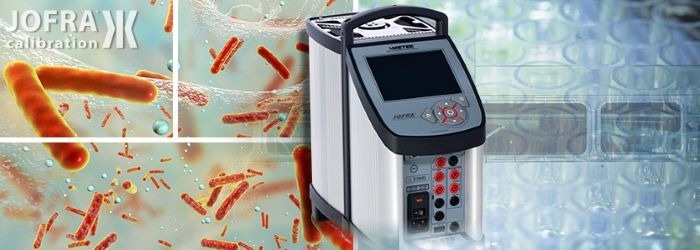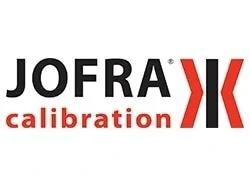Calibrating Critical Sensors for Dry Heat Sterilization
Pharmaceutical laboratories face a constant battle against bacterial pathogens and contaminants that can compromise the safety and effectiveness of their medicines. Bacterial pyrogens (endotoxins and exotoxins) are particularly concerning as they can cause fevers.

Image Credit: AMETEK - JOFRA Calibration
Because traditional sterilization methods may not effectively eliminate these microscopic threats, labs turn to a specialized process known as depyrogenation.
Depyrogenation (or dry heat sterilization) uses very hot air at temperatures of over 350 °C (600 °F) to eliminate bacterial pyrogens. Super-hot ovens, known as depyrogenation tunnels, are used to reach these extreme heats. Glass vials, used for storing pharmaceuticals, are put inside the tunnel, where they move across different heat zones, which expose them to extreme, dry heat, freeing them of pyrogens.
Every sterilization zone inside a depyrogenation tunnel has temperature sensors. As a regulatory criterion, and to make sure that the tunnel is working correctly within specifications, all dry heat sterilizers undergo a comprehensive inspection and validation process. This makes it essential for the embedded sensors to be regularly temperature-calibrated.
PTC Series Temperature Calibrators Provide Necessary Peace of Mind
Due to their lack of liquid and its potential for both spilling and contamination, dry block temperature calibrators offer the best means of calibrating these vital sensors. AMETEK’s PTC-425 has been especially built for this purpose.
AMETEK has five different PTC Series Professional Temperature Calibrator models, with temperature ranges spanning -90 °C/-130 °F to 660 °C/1220 °F. All models are highly accurate, stable, and fast, integrated with active dual zone temperature control, which provides superb temperature homogeneity inside the well.
Click here to read a PDF version of the article

This information has been sourced, reviewed, and adapted from materials provided by AMETEK - JOFRA Calibration.
For more information on this source, please visit AMETEK - JOFRA Calibration